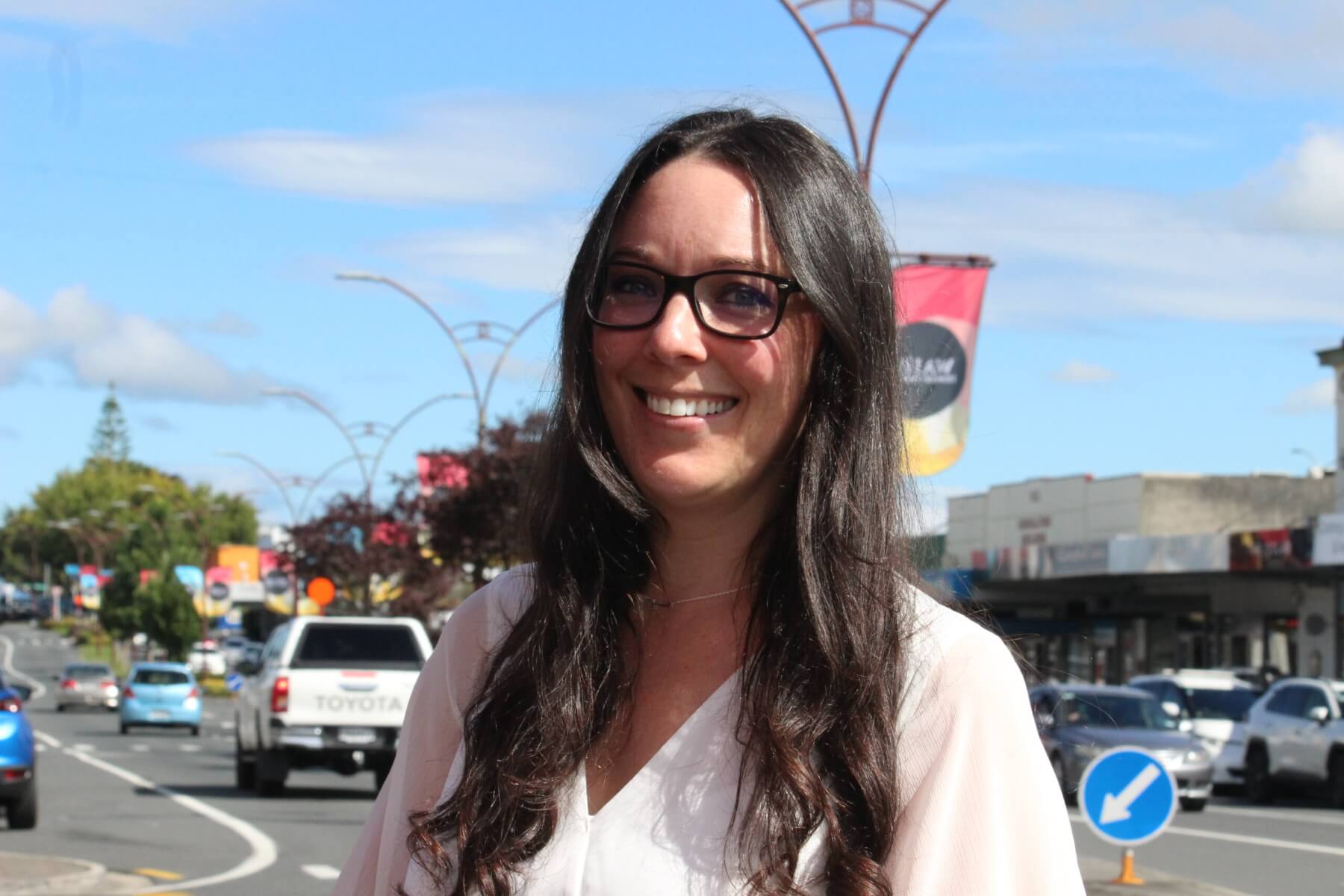Today I made a mistake. I had just completed a comprehensive first aid course before heading out for more field work.
I have done first aid training before including outdoors first aid, training in Australia that includes all sorts of bites and stings, and laboratory first aid training focusing on chemicals and such.
On top of this I’ve read many accounts of people being injured and killed during eruptions, earthquakes, landslides, and tsunami. It’s just part of the way I think at this point. I don’t walk along a beach without discussing where to go if we see, hear, or feel tsunami warning signs. This isn’t with anxiety or fear, just calm awareness.

Janine Krippner
Hearing stories is a great way to remember lessons, so I will share with you my latest mistake. I made a wrong move during one of the group practice scenarios, where we took what we just learned over a day and applied it to four classmates acting as casualties.
We enter the “worksite accident scene” and get to work. The great thing about a scenario is that you’re thinking on your feet, rapidly trying to think through all the information you’ve crammed into your head, trying to narrow it down to the answer. We first looked for “dangers” to ourselves and others, then went on to assess for “response” in the drsabcd action plan (Danger, Response, Send for help, Airway, Breathing, CPR/circulation, and Defibrillation). I went to my classmate lying on her side, calling to see if she would respond to a voice, then with the back of my knuckles I tapped her collarbone to assess for response to pain.
This is where I went wrong. I did not continue to assess for danger and I missed the cord in her hand. She was acting out an electrocution casualty and I touched her, becoming one myself. Now my team of four was down to three, having to take care of me too.
The great thing about a practice scenario like this is that I will never make that mistake again. This was a safe place where no one was actually hurt and we could discuss it as a group afterwards, but the embarrassment was real. Lying there I was mentally beating myself up for the mistake, before I eventually switched this to a more productive action of going over in my head what success would have looked like – walk over slower, look all around her, see the wire in her hand, and get the electricity turned off. Simple.
Talking or thinking through an action sequence is one thing, acting it out physically is another. This is why we don’t just talk about “drop, cover, hold on” or “Long Or Strong Get Gone” for earthquakes and tsunamis, we do drills. We physically do the action, then we think about what we could do better. As a responder in any situation we need to make sure that we are safe before assisting anyone else, otherwise we may not be any help to anyone. If you come across an accident, a person who has collapsed, or any other situation where someone needs help, always check for dangers to yourself first.
These can be anything from glass to water on the floor, or live wires and deadly gas. I am grateful for this lesson and happy to share my mistake in hopes that this story pops into your head should you ever need it.

Janine Krippner









